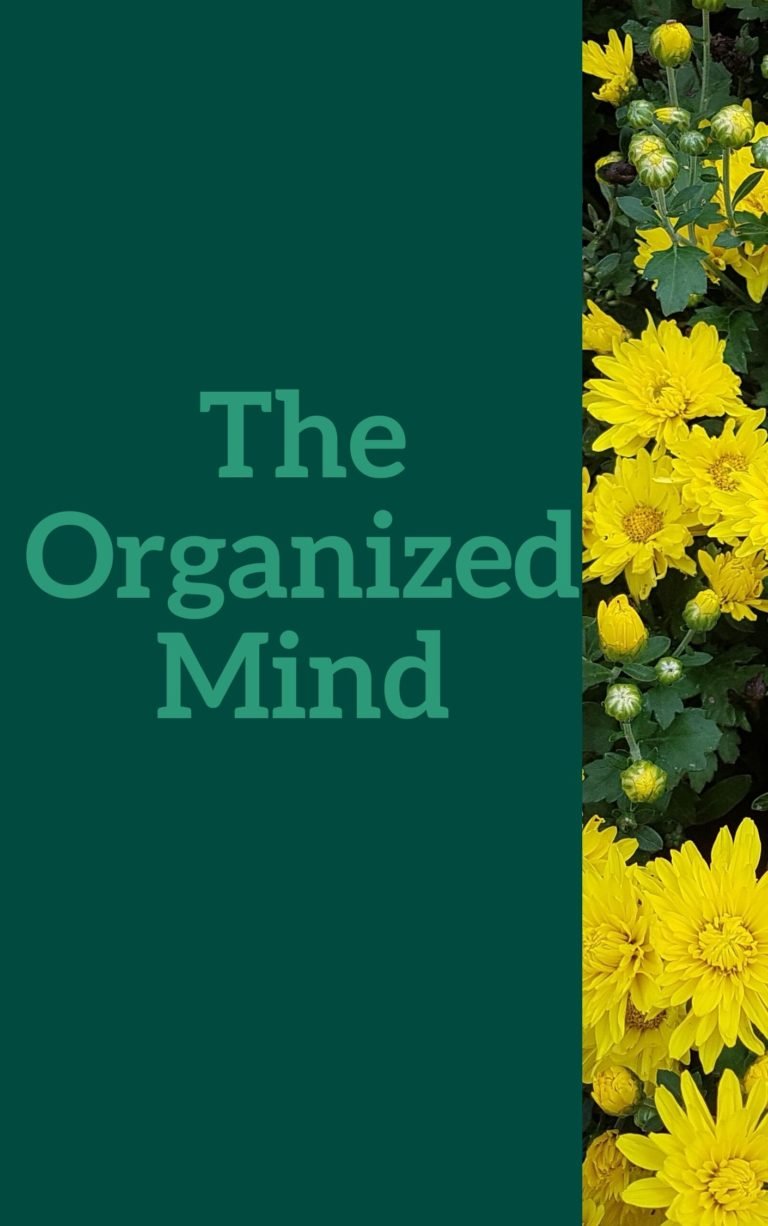The Next Pandemic
Dr. Ali Khan and William Patrick
Rating: 9.0
“Hantavirus. Ebola. Avian flu. Monkeypox. Anthrax. Bioterror. Bubonic plague. West Nile virus. Rift Valley fever. SARS. Hurricane Katrina. Guinea worm. All over the USA, Africa, Asia, Latin America. Zoonoses from ticks, rodents, mosquitoes, bats, apes, camels. Poverty, inequity, prejudice, politics, war, mayhem, panic, prevention. Ali Khan’s extraordinary achievements in public health have involved them all, and now readers can share the inside story of his global adventures involving what Khan calls the ‘endless dance between microbes and humans.’”
—Mark Pendergrast, author, Inside the Outbreaks
Contents
Responding to Crisis
Immunologist and epidemiologist Ali S. Khan served at the US Centers for Disease Control and Prevention (CDC) for almost 25 years. He and his team tackled numerous disease outbreaks around the world and responded to the anthrax attack in Washington, DC, in 2001 and to disaster conditions in New Orleans after Hurricane Katrina. The CDC determines how well local health systems can handle each emergency, analyzes the disease or threat of disease, and conducts field studies. Khan discovered that often “simple intervention” – like promoting handwashing or providing pure water – made a positive difference.
Influenza
One of the most serious diseases Khan investigated is influenza. The CDC sent Khan to Fairbanks, Alaska, in 1992 to investigate a possible flu outbreak. The 1918 flu epidemic killed 675,000 people in the United States; it was part of an international outbreak that killed between 50 million and 100 million people globally. A 1918-type epidemic could recur, so epidemiologists remain vigilant about flu.
“When I went to medical school, becoming a geek version of Indiana Jones was not what I had in mind.”
Virologist and epidemiologist Ali S. Kahn
The flu virus, which travels “very efficiently” from person to person, can experience a “genetic shift” resulting in a new version for which people lack immunity. Medical science hasn’t devised a “universal” vaccine against all flu, so investigators must search for these shifts to determine whether current vaccines remain potent against the latest forms of the disease or whether scientists need to develop up-dated versions. While vaccines can be ineffective, especially for old people, getting your flu shots still matters.
“Large outbreaks and other public health emergencies are political events and need to be recognized and managed as such from day one.”
Vaccines can cause side effects, such as the 1970s swine flu vaccine that resulted in hundreds of cases of Guillain-Barré syndrome. Western democracies and the former Soviet Union took different approaches to flu vaccines: Flu shots in the West used dead viruses and a “residue of proteins” to activate immunity. Russia made flu shots with live but “weakened” viruses. The CDC investigated that approach and found the two strategies’ effectiveness “roughly equivalent.” Flu strains circulate globally, so nations fight them within a “global public health structure.”
Hantaviruses
In the early ’90s, the CDC investigated the outbreak of a strange disease affecting people living on Native American reservations in the US Southwest. It appeared related to a hantavirus, which rodents spread to humans. Yet unlike most hantaviruses, it didn’t affect the renal system (kidneys). The CDC team labeled the disease Sin Nombre, Spanish for “no name.” Finding cases as far away as Florida led them to believe that more than one rodent species could have transmitted some version of the basic hantavirus. They traced the disease back to 1978, to an Idaho man who had cotton rats living under his house. Scientists must conduct extensive research to “tie cases together,” since viruses can lurk for years. Researchers must identify the actual virus carrier, the virus host, the populations who get sick and how sick they get. Researchers investigating cases of hantavirus pulmonary syndrome in South America realized how human activity contributes to hantavirus transmission. Brazil’s clean-air policies, which called for less burning of sugar cane fields, gave rodents a lush new habitat.
Horrifyingly Hemorrhagic
“Zoonoses” are diseases, such as Ebola, that people pick up through animals, in this case, through contact with bats or the consumption of “bush meat,” that is, wild animals from the jungle. Ebola, “the most dreaded disease in the world,” is one of nearly two-dozen viral hemorrhagic fevers that cause internal and external bleeding and that “can pop up anywhere in the world.” In the mid-1990s, the CDC sent Khan to Zaire – Democratic Republic of the Congo – to investigate a serious outbreak of antibiotic resistant red diarrhea. Investigators thought the cause might be malaria, but it turned out to be Ebola. The virus lurked in the wilderness for decades, but it can emerge in many different places after people eat bush meat. Death rates can reach more than 80% for the Zaire strain; male survivors can transmit Ebola sexually for up to nine months.
“Viruses exist on the border of the living and the nonliving, and there’s still some debate about which side they’re on.”
In Kikwit, the capital of Kwilu Province in Zaire, Khan found himself in “a tropical hell” of filth and disease. Conducting fieldwork was difficult since local burial traditions helped spread the virus and people were antagonistic toward aid workers. The CDC team attempted to locate “patient zero,” the first person who contracted and spread the disease. The team’s greatest challenge was “cultural persuasion” – breaking through local customs and convincing people to change their traditions. Khan located patient zero and helped outfit the clinical team with proper protective clothing and equipment. More than 300 people got sick and 81% of them died.
Microbes and Poxes
Microbes live in all human bodies, inhabiting microbial cells that serve as “passengers” for illnesses such as smallpox. Scientists successfully eradicated smallpox in the 1980s, partly because only humans transmit it to humans. However, monkeypox, which resides in animals, poses a threat and can spread among people without the help of an animal host. The CDC investigated an outbreak in Zaire’s capital, Kinshasa. Khan had to work closely with local infirmiers – community nurses – to determine the virus’s reproductive rate: If it turned out to be “greater than one,” or “more than one additional sick person per household,” that would confirm that the disease was not spreading animal-to-person, but spreading among people only, just like “measles, seasonal influenza, malaria and HIV.” Fortunately, Khan found “no evidence for person-to-person transmission…sufficient to sustain the epidemic.” International trade means nations can unwittingly import diseases. Monkeypox popped up in the US for the first time in 2003, when an infected pet prairie dog transmitted it to a child. It turned out that the US distributor had housed the prairie dog with imported Gambian rats and dormice.
Bioterrorism
The CDC received a call when anonymous letters containing the deadly anthrax bacterium arrived on Capitol Hill in Washington, DC, and then at the New York Post offices, at NBC News offices and at American Media’s headquarters in Florida. Anthrax spreads easily and multiple people in the scientific community have access to it. Over the years, the US performed “defensive research” on anthrax at the Medical Research Institute of Infectious Diseases. The Soviets also studied anthrax, despite a 1972 treaty calling for them to suspend biological weapons research. President Bill Clinton’s administration set up the Bioterrorism Preparedness and Response Program at the CDC, which mounted an organized, centralized response, testing “more than 125,000 environmental specimens.” The investigation pinpointed a single postal facility that helped spread the anthrax. The CDC determined the anthrax came from a strain to which many bio defense researchers had access. They finally traced the case to Bruce Ivins, an employee and scientist at Fort Detrick, Maryland. Seven years of work led to Ivins’s arrest in 2008.
Migratory Factors
Different diseases travel across the globe in different ways. The plague, which altered human history, killed tens of millions of people over the centuries, traveling via infected fleas that live on rats. Plague shows that “all life is opportunistic and will spread wherever it can find a suitable habitat.” West Nile virus and Rift Valley fever came to the Western Hemisphere via mosquitoes. The Ebola-Reston virus got to Virginia from the Philippines via a shipment of macaque monkeys. A serious outbreak of H7N2 avian flu occurred in commercial chicken plants in the US in the 1990s. Scientists monitor avian flu variants closely because they can morph into stronger strains. Khan and the CDC worked with Virginia poultry producers to contain the spread of the flu, keeping it to fewer than 200 flocks. Khan and his team helped contain an H5N1 strain of avian influenza among humans in Asia in the early 2000s. “Since 2003, it infected 638 people and killed 379 of them.” Although hundreds of people have died from H5N1 since then, these outbreaks helped prepare the world to respond more effectively to flu epidemics.
“We will see if Louis Pasteur was right when he said, ‘Gentlemen, it is the microbes who will have the last word’.”
Scientists traced the severe acute respiratory syndrome (SARS) epidemic at about the same time to the Metropole Hotel in Hong Kong. Patient zero was a physician from China who checked into the hotel; about 80% of subsequent cases led back to him. Khan and the CDC team coordinated the work of 11 international labs investigating the SARS outbreak to determine if it involved bioterrorism. They sought to create a “linear thread” that showed the disease’s progression. They determined that SARS was the result of “a new subfamily of coronavirus,” which they traced to Asian palm civets and Chinese bats. Although the World Health Organization declared SARS contained in 2003, the subsequent spread of Middle Eastern respiratory syndrome (MERS) demonstrates that governments have not learned the lessons of previous pandemics.
Hurricane Katrina
The CDC’s main responsibility in New Orleans after Katrina was to help rebuild the city’s public health infrastructure. The authorities’ “unspeakable negligence” complicated the job. The failure of New Orleans’ levees – the “worst civil-engineering disaster” in US history – hit the poor and elderly residents of the Ninth Ward disproportionately. The recovery effort began chaotically and that’s how it remained. Communications were inadequate, and no single entity seemed to be in charge. Striving to provide health care services, the CDC team worked to assuage concerns about the toxicity of standing floodwater. They identified an “environmental pathogen” in the water, but found that mold growing in damaged houses was a more serious health concern. The Katrina recovery effort failed due to ineffective communications and the failure of the Federal Emergency Management Agency (FEMA) to take up helpful positions before the storm. The CDC took the lead in public-health relief efforts. The campaign’s inequality revealed painful truths: Life returned to normal much faster in the predominantly white New Orleans suburbs.
Ebola Again
In 2015, Khan and his CDC team returned to Africa to combat the Ebola virus once more. The outbreak began the year before in Guinea and spread to Sierra Leone, which created a National Ebola Response Center (NERC). The CDC arrived to help corral the disease and bring “the number of new cases down to zero.” Khan was appalled that the world didn’t react until an American caught the disease, but he welcomed the ensuing financial support. Kahn researched the disease in four northeastern Sierra Leone communities: Tonkilili, Koinadugu, Bombali and Kono. He educated each community about how its cultural traditions contributed to Ebola’s spread and how the people could work together to prevent the disease. The locals were loath to cooperate with a quarantine, because they didn’t want to lose control of their ailing loved ones or their corpses. They clung to local burial practices that enabled transmission and they didn’t trust the foreign teams. Incomplete and unwieldy field data hampered the CDC.
“I have no idea what the penalty is for using language that conveys the truth.”
In Sierra Leone, having the military involved in containment efforts helped ensure accountability and made the bureaucracy more efficient. The CDC team had to appear as the “providers of solutions,” not experts who flew in to give orders. The best way to gain trust was through “community engagement” – helping locals undertake relief and containment efforts themselves. Khan believes the West must give up its “magical thinking” and plan now for a global response to pandemics, instead of waiting for an African virus to make its way to Western shores.
The Future
Humankind keeps battling disease and microbes. The Carter Center has nearly eradicated the guinea worm in Africa by bringing clean water to afflicted areas. The center’s efforts serve as a model for preparing to combat illnesses and epidemics. Microbes adapt, increasingly infecting humans with germs that don’t respond to antibiotics. The prevalence of international travel is another concern. Countries must mount a more “comprehensive approach” and prepare for the unknown illnesses that may appear as climate change advances. The US must abandon its “denial” about the reality of global warming. All nations must develop competent public health systems, and the United Nations should appoint an “undersecretary for health security.”






